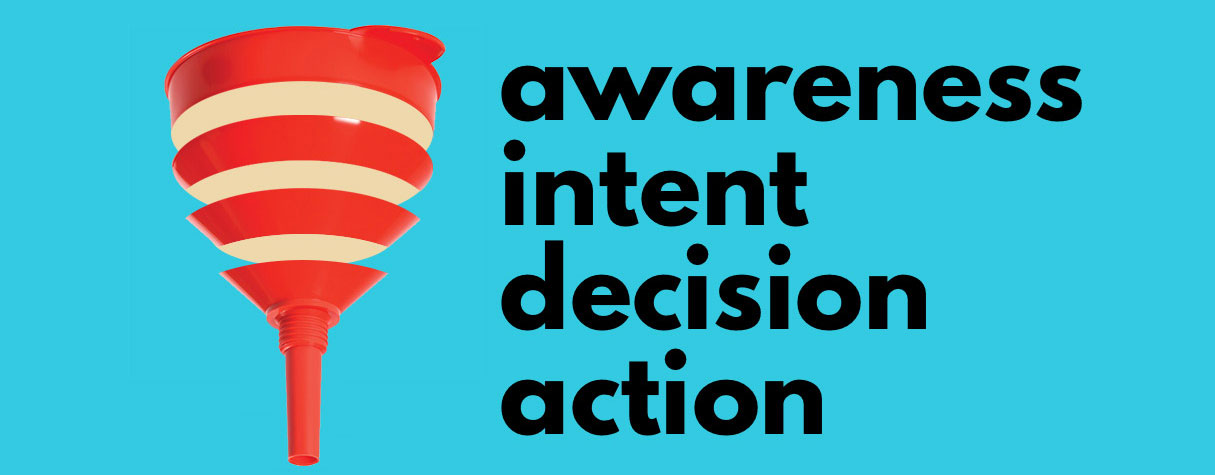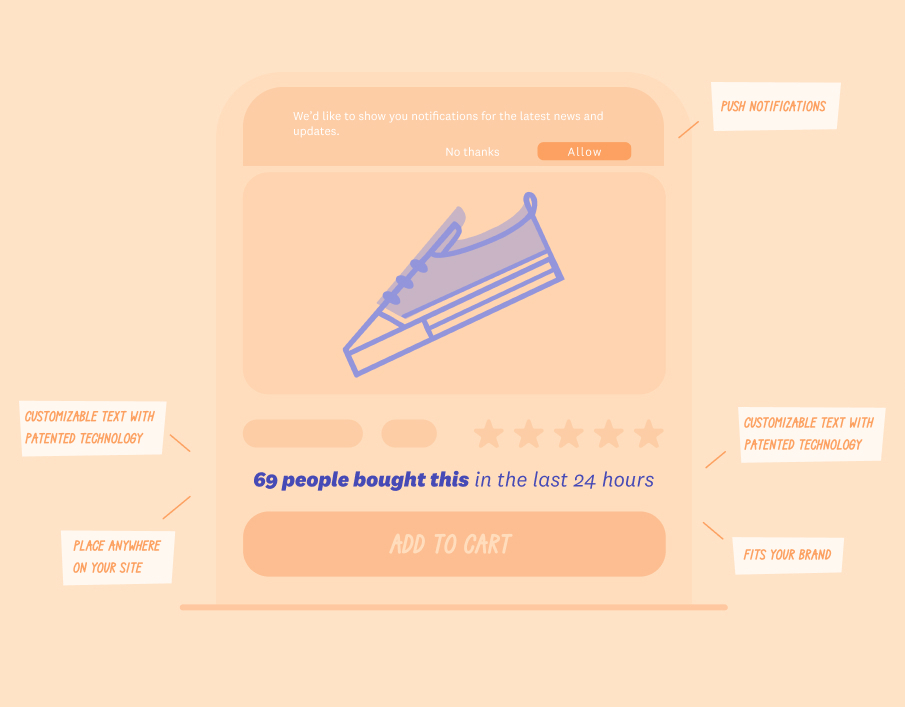Table Of Content
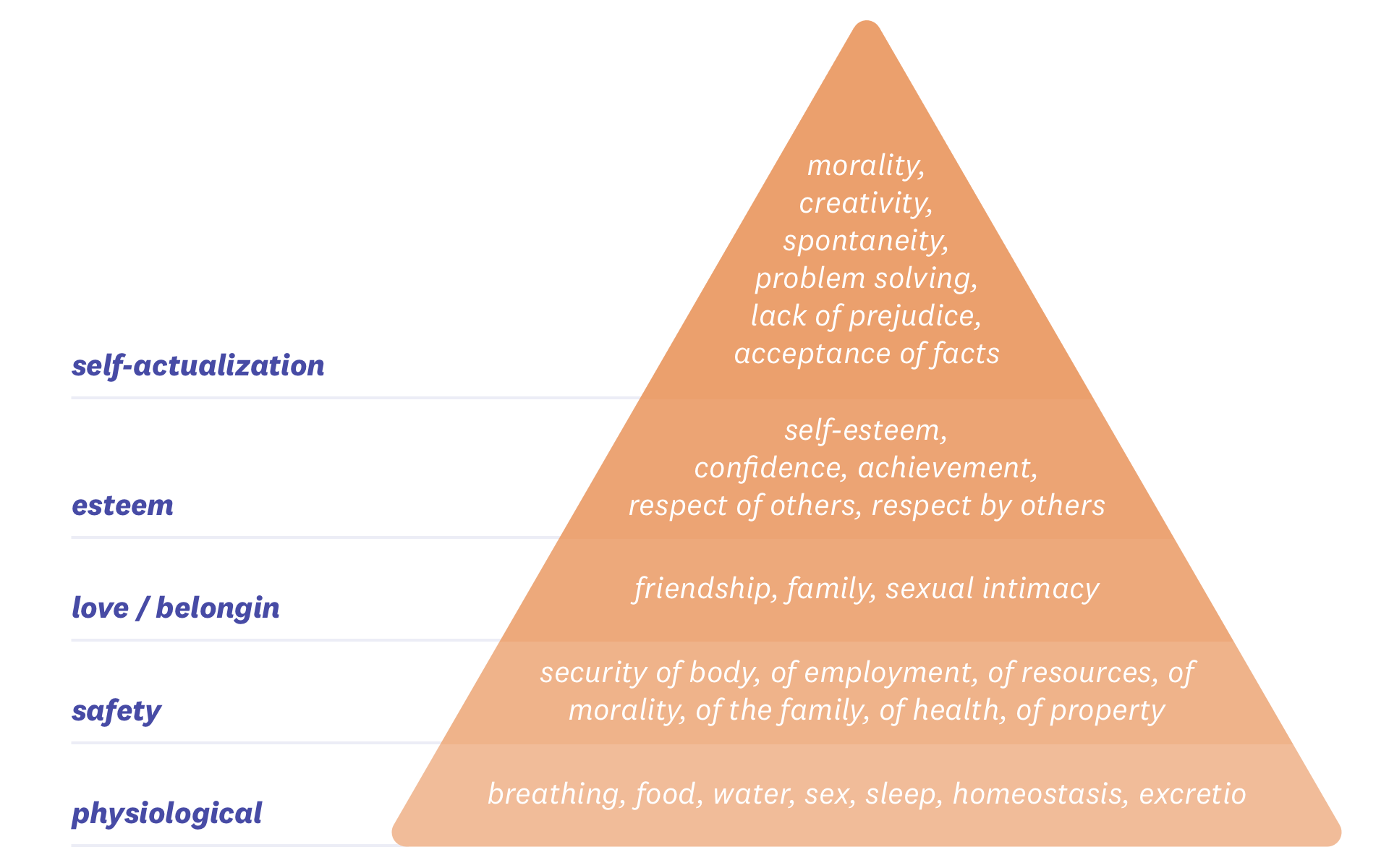
Have you ever thought this before?
"If only I could read their mind, then I could…"
- Impress everyone around me.
- Make more money.
- Woo that amazing cutie over there.
In other words, it would help you get more of what you want.
But what if you could read your buyer’s mind?
What if you could find out what people visiting your store were thinking, while they were considering buying from your store?
If you knew what your buyers were thinking as they were browsing your store you could:
- Adjust your copy to suit their mode of thinking, increasing the chances that they’ll follow through with the sale.
- Find out if they’re likely be a one-time buyer or a loyal customer, and market accordingly.
- Find out if they're the type of customer who can bring in lots of qualified leads.
Seems crazy, but this kind of stuff is not only possible - there's an entire science dedicated to reading and understanding consumer intent.
Intrigued? Read on.
Understanding the Consumer Decision Making Process
Also called the Buyer Decision Process, the Consumer Decision Making Process is a framework that gives you insight into what a consumer is thinking.
It is the model for how consumers make choices before, during, and after a transaction. It’s been studied for over 50 years.
The great thing about the process is that it tells you exactly what your customer is thinking at different stages of the buying process. What their priorities are, and what criteria they are judging by to make a decision.
It informs you on what to do better, and what not to do, in order to make more sales.
By following this framework, you also can increase your chances of turning browsers into buyers, and buyers into brand-loyal customers. The process is straightforward, and all it takes is a bit of elbow grease to make the sales magic happen.
In Detail
The Consumer Decision Making Process, first described by Engel, Blackwell and Kollat in the seminal textbook, Consumer Behaviour in 1968, has 5 stages.
- Problem or Need Recognition
- Information Search
- Evaluation of Alternatives
- Purchase Decision
- Post Purchase Behaviour
The amount of time a consumer takes on each stage and on the entire decision process depend on how involved they are.
An impulse purchase would be a low involvement purchase, such as buying a can of soda on a sunny day. The process is short and simple: it starts with a person noticing their thirst, then going to a convenience store, and grabbing a cool can of cola.
For a purchase with a higher perceived risk, such as buying a car, a consumer may spend nearly a month consuming information and then deciding on the right car for them. This is a purchase with high involvement.
Let’s look at these stages in detail...
1. Problem or Need Recognition.
The journey of a thousand miles starts with a single step, and the beginning of any purchase decision is the consumer ing they have a problem.
It may be realizing they're hungry, and they start looking at restaurants.
It may be the slow process of realizing their laptop isn't as fast as it used to be. Its battery doesn't last as long, and one day it refuses to turn on.
Without a consumer recognizing their need, a purchase cannot take place. You don't buy food if you don't recognize you're hungry or that you'll be hungry in the future.
Consumers also face internal needs, as illustrated by Maslow's hierarchy of needs. These represent the mental, emotional and intellectual needs a person requires have basic, physical needs (food, water, safety, etc.) have been met.
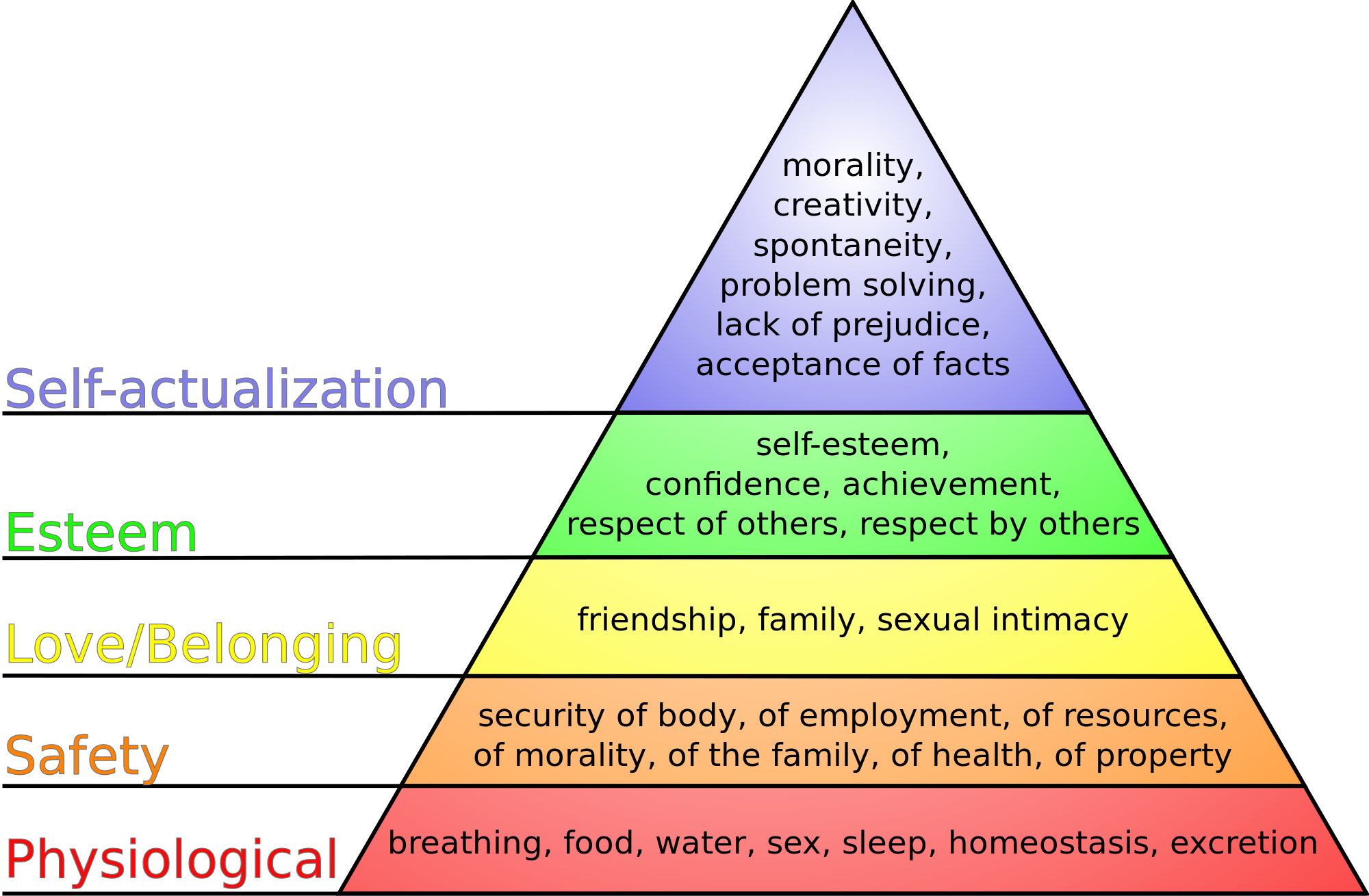
Armed with this information, the first step is to focus on marketing to customers who are likely to recognize that they have a need for your product.
If you sell jewelry, think about which needs you are fulfilling. It might be the need for respect and status, or love and belonging. Where do these types of people go to search to fulfill these needs?
This can impact everything about your online store, including the publications in which your store is featured and the layout of your site.
2. Information Search
After recognizing they have a need, consumers then start the information search.
Shoppers will often do so by asking around for recommendations from people in the area, or from people they trust. With the rise of mobile phones and the internet, Google is the often the first or second place a customer goes. Rating aggregators, like Yelp, are also a popular venue for information search.
This information should compel you to make it as easy as possible for your market to find you. A popular way of doing this is through search engine optimization, paid traffic and social media.
3. Evaluation of alternatives
This is the stage that comes to mind when we think of "shopping around." The consumer looks for similar products or services and different providers. They evaluate and compare different brands as well as different product features and benefits.
The lower the involvement of the consumer, the less time they’ll spend and the fewer alternatives they’ll consider. The higher their involvement, the more time and the more brands and alternatives they’ll consider.
For example if our laptop buyer just needs a basic laptop to do word processing and emails, then he’ll go to his local electronic store, or online, and look for a laptop based on price. He could care less about the different types of processors and how many cores it has.
If, however, he works in film and will do a lot of video editing and production, then he’ll look at several laptops. He’ll go through the features list with a fine toothed comb. He'll shop around for different brands. He'll look at different shops to try and get the best bang for his buck.
In your marketing, provide as much information as possible about your product. Give a list of its features and benefits, and also a FAQ for any questions consumers may have. This will help them through their process of evaluating alternatives
4. Purchase Decision
This is the stage when the purchase finally takes place.
The consumer clicks add to cart and checks out. Only two factors can disrupt the customer at this point:
1. Negative feedback from other customers.
For example after deciding to buy a laptop, our consumer receives a text message from their software engineer friend telling them to not buy that model because it breaks after a few months.
Perceived negative feedback can also stop the sale. If the consumer at that moment thinks "well, what would my wife think about this purchase?" or "what would my friends think about me wearing this watch?" leading to a negative conclusion, then it can stop the sale.
2. Unanticipated situations.
The store closes the next day. The consumer loses their job, and thus their financial security. An emergency crops up which diverts their attention, or maybe takes away the money they were going to spend on the purchase. The list goes on. These are things that are outside anyone's controls, and they will disrupt a purchase.
In your marketing, try to answer as many objections as possible to smooth the sale. Reassure the customer with guarantees and a generous refund policy. Take care to watch your reputation online and offline. Make sure that customers that interacting with your store has a positive experience. If anything goes wrong, try and resolve the situation as quickly as possible, to prevent potential negative feedback that could stop sales.
5. Post Purchase Behaviour
This is the final stage of the decision making process.
Immediately after a consumer makes a purchase, they experience post-purchase anxiety. They're thinking "Have I made the right decision?" "Is this a good choice?" "Should have I gone with x competitor?"
This is because they are comparing their level of satisfaction with their expectations. If their satisfaction falls short, customers experience buyer’s remorse. If their level of satisfaction exceeds their expectations, it can result in brand loyalty.
Exceed their expectations, and they start to trust your brand. Customers will learn to expect that your product or service will satisfy them again, and making them much more likely to make another purchase.
Any marketing should aim to create brand loyalty, as it leads to repeat sales.
How can you exceed customer expectations post sale? Some ideas:
- Communicate with the customer post-sale: send them an email asking how they liked their purchase and if they had any feedback.
- Add an extra touch to their purchase that they're not expecting. A little free gift or thank you note, for example.
- Fantastic customer service for dealing with questions and concerns about a person’s order or product.
- Shipping updates to keep the customer in the loop while their product is getting to them.
From Theory to Real Life
The Customer Decision Making process is a nice framework to use but it is premised on a shaky assumption: that people behave rationally.
It assumes that people rationally evaluate the alternatives, look for what's best for them, and make judgements in a rational manner.
But multiple non-rational factors come into play, such as the buyer's emotions, and their cognitive biases.
For example, flying is statistically the safest method of transportation. It's the quickest way to get from one city to another, and is good value for the money. Yet a freak plane crash can negatively affect the ticket sales of an airline.
In 2014, after Malaysia Airlines flight MH 370 disappeared, and then 3 months later flight MH 17 crashed, Malaysian Airlines suffered such a drop in sales and reputation that it was removed from the Malaysian stock exchange and required government intervention to stay afloat.
Apart from emotions influencing buying behaviour, our cognitive biases can come into play, causing us to weigh some pieces of information as more important than others.
For example The Economist uses psychological pricing to sell more subscriptions. Check out their subscription page pricing:
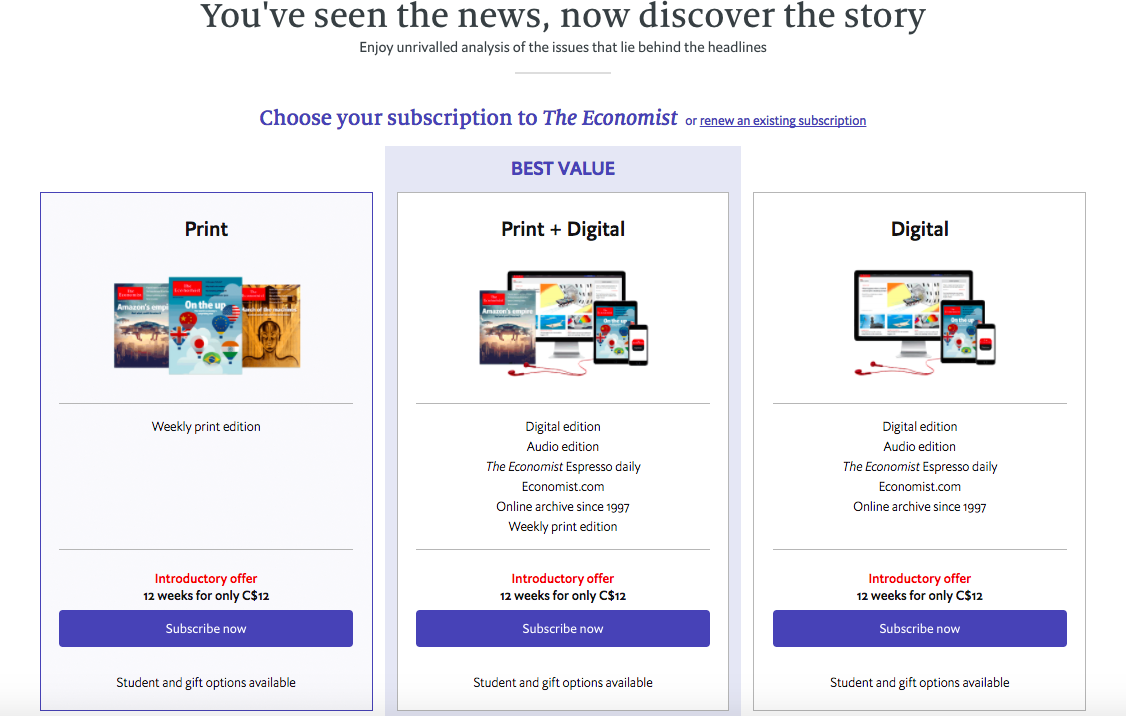
On the surface, the second option looks a little silly. Why would anyone buy the print subscription when you can get the Web & Print Subscription for the same price?
Dan Ariely answered this question in his book Predictably Irrational. He asked his students at MIT to choose a subscription with these options presented. The results were:
- Web Subscription - 16%
- Print Subscription - 0%
- Print & Web Subscription - 84%
Not a surprise, no-one chose the 2nd option as it’s obviously an inferior product.
In fact the majority of students chose the 3rd, more expensive option. With this in mind, Ariely repeated the test, but this time removing the decoy middle option.
In this test, most of the students preferred the first, less expensive option.
It’s clear that the decoy option made more students opt for the more expensive option, which again shows that buyers don’t behave 100% rationally.
Psychological pricing is just one of the several cognitive biases that can influence your buyer -- and which you can use to your advantage to sell more.
Emotions
In one study, people were asked to select a car for purchase. The catch? They were asked to consider how much safety they'd give up to get other benefits. This induced painful emotions such as fear. As a result, people opted "to not choose" -- they opted to not make a decision.
In another study, participants recalled times they were embarrassed, or times they took self-defeating actions, were more likely to opt for high-risk, high-payoff choices over a low risk, low payoff one. This explains why someone experiencing a losing streak in a casino will be more likely to opt to make riskier and riskier bets, until they go bust.
So what does this mean for your business? It means that the feelings your copy and marketing evokes matter. The emotions that your brand inspires in your consumer willaffect how they purchase.
If they feel good when making the purchase, they're more likely to follow through. If however they feel afraid then consumers will tend opt to "choose to not choose".
Get inside your buyers head by tweaking the needle of their emotions. Make your brand a comfortable, happy place and you'll see increased sales.
How To Implement The Consumer Decision Making Process Today
We've shown you what goes on in a buyer's mind as they make a purchase, and we've shown you factors that affect their decision.
So what can you do, right now, with your store to get in your buyers head and help increase your sales?
Here’s a list of priorities to get your started
Social Proof
We can't help but include a shameless plug for Fomo. Fact is, social proof works. Especially when it comes to the 4th stage of the consumer decision making process, "purchase decision."
Using Fomo will provide the social proof required to reinforce the consumer's decision to buy, and offset any hesitations.
Inspire Brand Loyalty
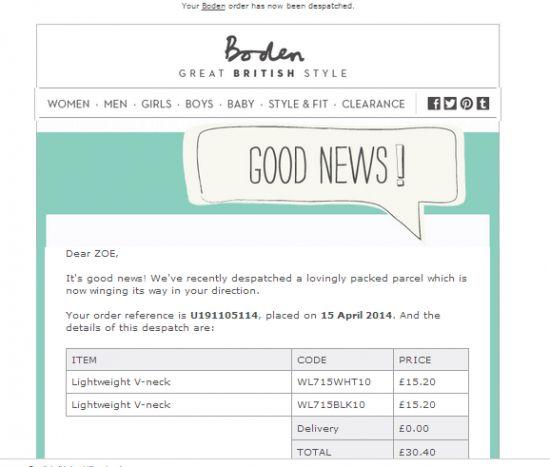
Work hard, and we do mean hard, on exceeding the expectations of your customers. Make them so satisfied with your product that they can't help but buy from you again when they recognize they have a similar need in the future.
Brand loyalty is the holy grail of marketing, and if you can inspire it amongst enough customers, you have a business that can last a lifetime.
Market For All Parts Of The Buyer Journey
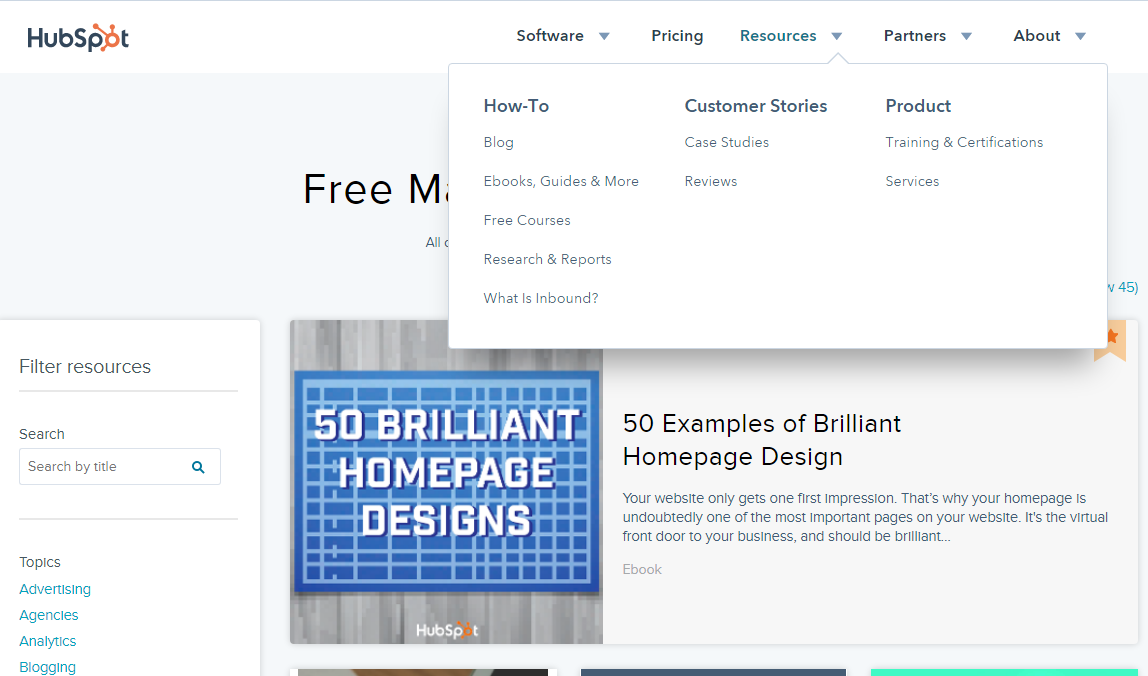
A buyer goes through five stages when purchasing your item. Does it make sense for you to make all your marketing target buyers who've just recognized they have a need? Of course not.
Have marketing copy which provides them all the information they need for the stage they are currently occupying. For example, let your 30-day money back guarantee dominate the checkout page (purchase decision stage), and your product features dominate the product detail page (evaluation of alternatives).
Having the mind-reading powers of the X-Men’s Professor Xavier isn’t possible right now. For better or for worse, we’ll have to wait until the next stage of human evolution for that. This is the next best thing. Use the consumer decision making process to inform your marketing, exceed your customer’s expectations and create brand loyalty, and you’re on to creating a business that’ll never quit.




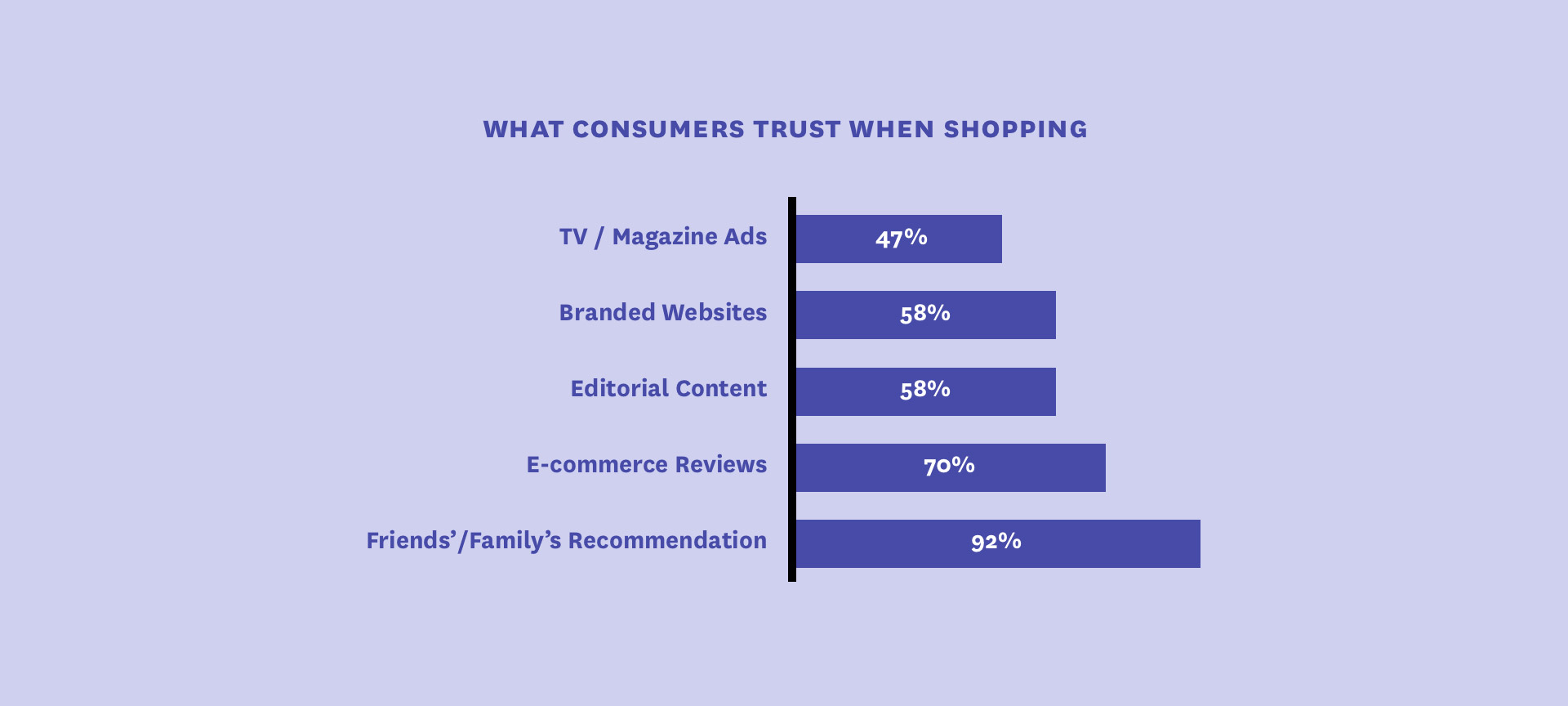
 1.svg)
 1.svg)
